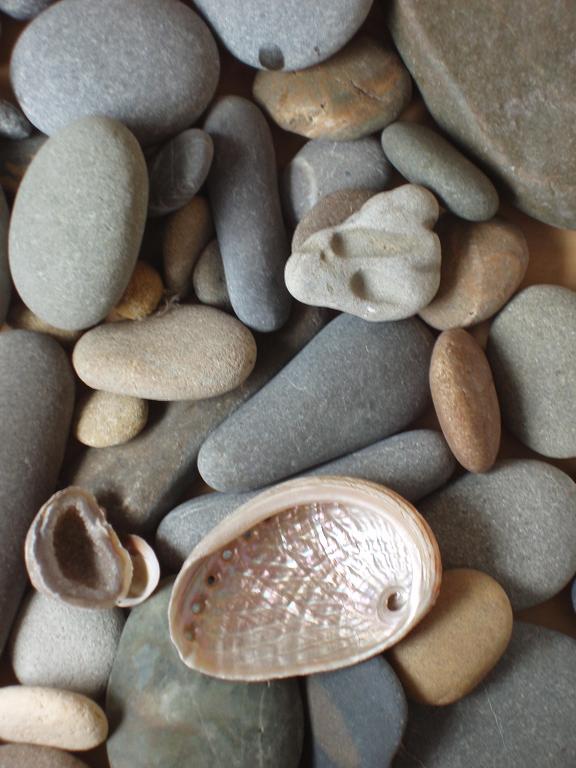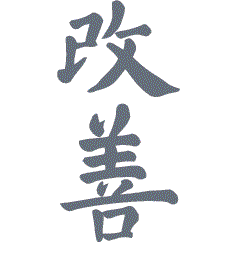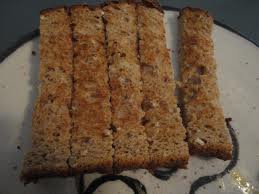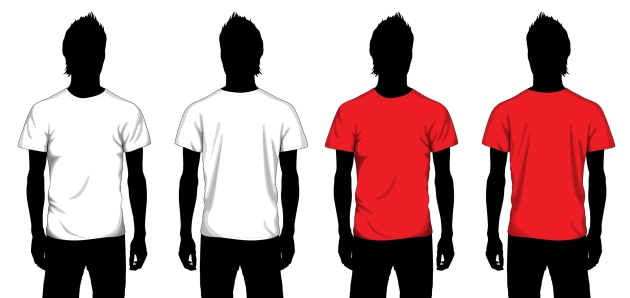
untitled (Banksy and Baudrillard) (detail)
Nothing is wholly obvious without becoming enigmatic. Reality itself is too obvious to be true. (Jean Baudrillard)
In hand, a bunch of diverse quotations, most of them having at least some bearing on the nature of reality. The Baudrillard piece seems to have appointed itself chief amongst them, but Einstein can be heard muttering in the background.
Not unexpectedly – given the two words, ‘obvious’ and ‘enigmatic’ – Google Images quickly finds a picture/text version of the Baudrillard quote. But more interesting by far, I think, is this Banksy art piece with which it is teamed up on the Particulate Matters blog.
Clearly, both Banksy and “cosmicdebris” (proprietor of Particulate Matters) are saying something about the teachings of the Christian Church – particularly, it seems, in relation to the indoctrination of children. Look elsewhere on the Particulate Matters blog and you will find links to other ‘indoctrination’ stories: for example, Monsanto indoctrinating kids at the zoo.
Actually, I’m inclined to suspect that indoctrination is integral to every aspect of living – and that everyone is routinely doing it and/or having it done to them. And it wouldn’t necessarily qualify as either brainwashing or catechism. Let’s put it more simply: we’re all inclined to push our ideas on others – and we call it marketing, persuasion, instruction, education, or teaching.
Be that all as it may, it is not really the main point of my post.
A few months ago, on |cross-ties| – the blog of “The Other” – there was a bit of back-and-forth about the nature of reality. A piece titled Taking a cycle trip led one reader to discuss Derrida’s ideas, noting that in language there is a gap between words and things. I would take this further, asserting that there is a gap between what we perceive and what is actually the case.
A similar gap yawns between the words of every witness and the occurrences they describe – what we thought we saw, the way it seems to us, what we believe to be true, and everything that is ‘obvious’. (And, by the way, since it’s that obvious, why can’t everyone see it our way?)
Ludwig Wittgenstein’s Tractatus Logico-Philosophicus begins with the proposition that “the world is everything that is the case” and ends by reminding us that “Whereof one cannot speak, thereof one must be silent.” Wittgenstein isn’t saying there’s stuff we can choose not to talk about; he’s actually pointing out that there are some things nobody can put into words.
Albert Einstein asserts that “Reality is merely an illusion, albeit a very persistent one.” Elsewhere, he declares, “The world as we have created it is a process of our thinking.” He is not saying that nothing is real; what he means is that everything we experience as real is invented. “The human mind has first to construct forms, independently, before we can find them in things.” (Albert Einstein Essays in Science (1934), p27)
The way science talks about reality and truth is sounding more and more like the words of the ancient religions. For example, Geshe Rabten Rinpoche, a notable teacher of Tibetan Buddhism, says: “The ultimate truth of all conventional truths is their being void of inherent existence. Conventional truths, ie empirical phenomena, exist dependently upon causal conditions, parts and imputation; they have absolutely no existence apart from these conditioning factors.”
But “Man prefers to believe what he prefers to be true,” wrote Francis Bacon (1560-1626). Called the creator of empiricism, “[Bacon] established and popularised inductive methodologies for scientific inquiry, often called the Baconian method, or simply the scientific method.” (GoodReads)
Ultimately, then, as Baudrillard says, whatever seems obvious is, in reality, the superficial manifestation of a profound mystery: the deeper you go into it, the less you are able to say about it.
In Poetry: This Death Is Incomplete (part one of an essay on poetry and death), Amy King talks about “spinning yarns to name things and claim power over them” – which, she reminds us, is not a new concept. In explication, King points us to Alice Notley’s The Book of Lies. The opening lines are especially apt: “Do you believe this stuff or is it a story? I believe every fucking word, but it is a story.”
__________
An ever-changing draft of this piece has been in my editor for months. There’s so much more I want to say, but it is long past time I got something posted.













